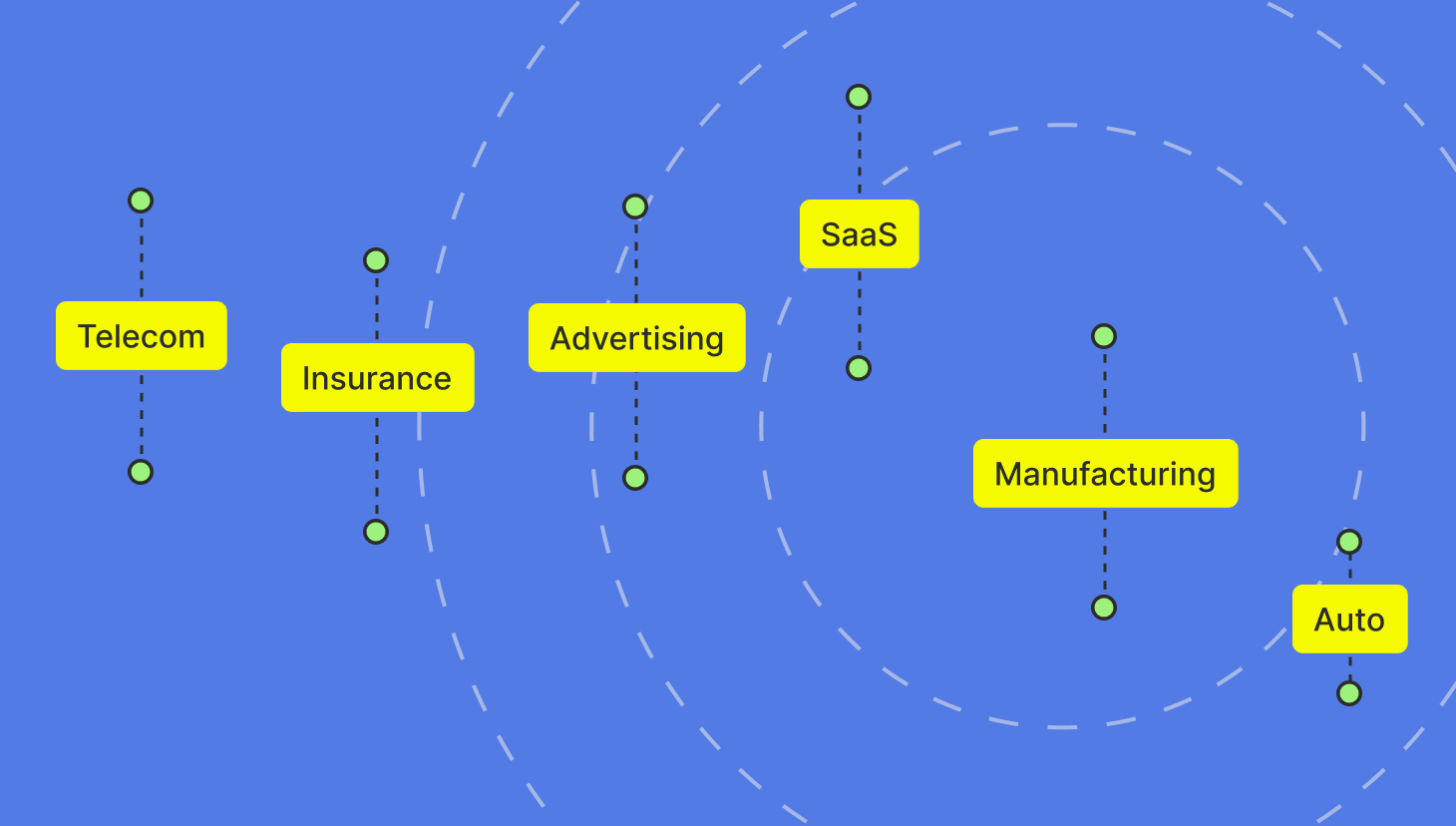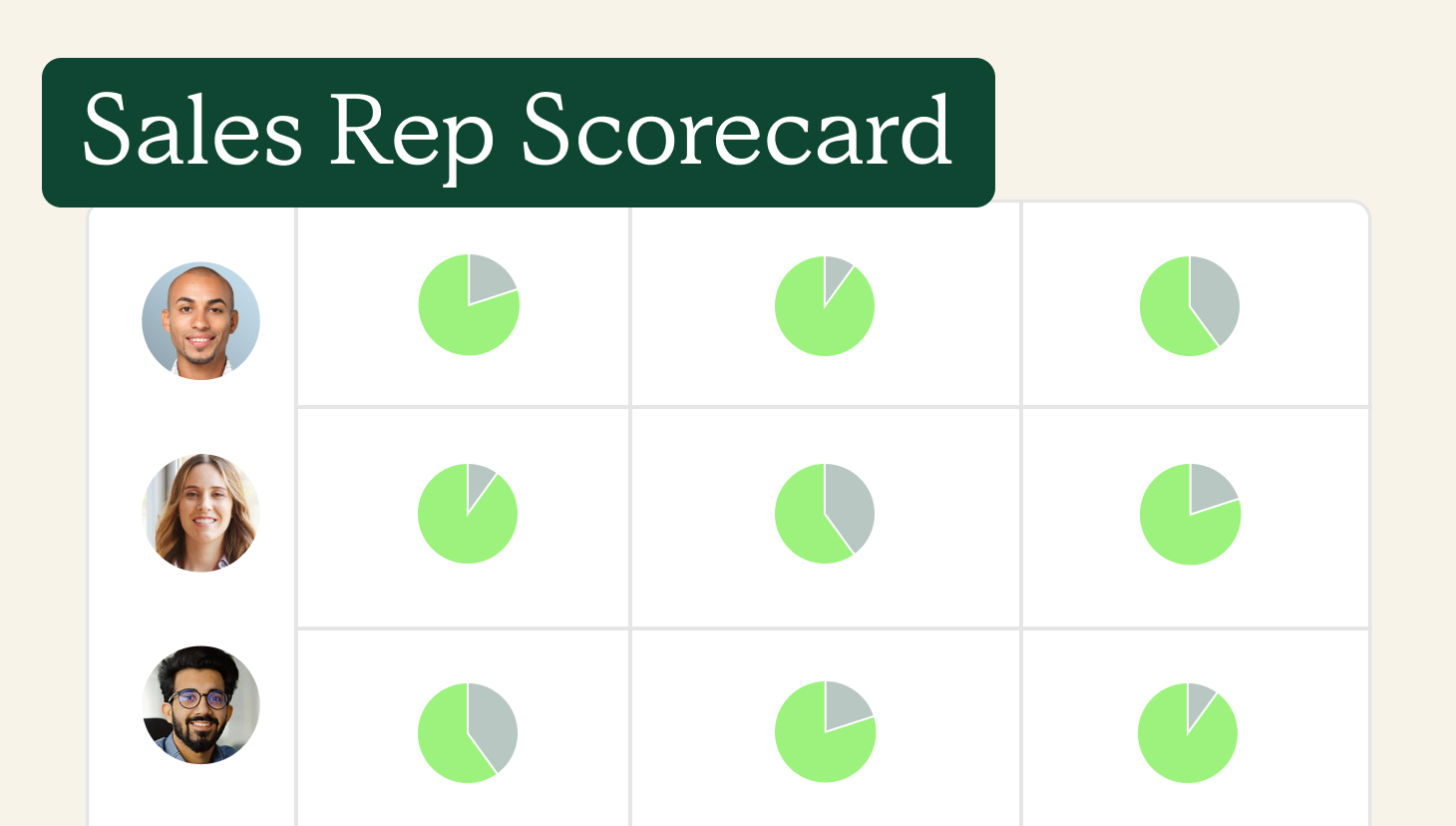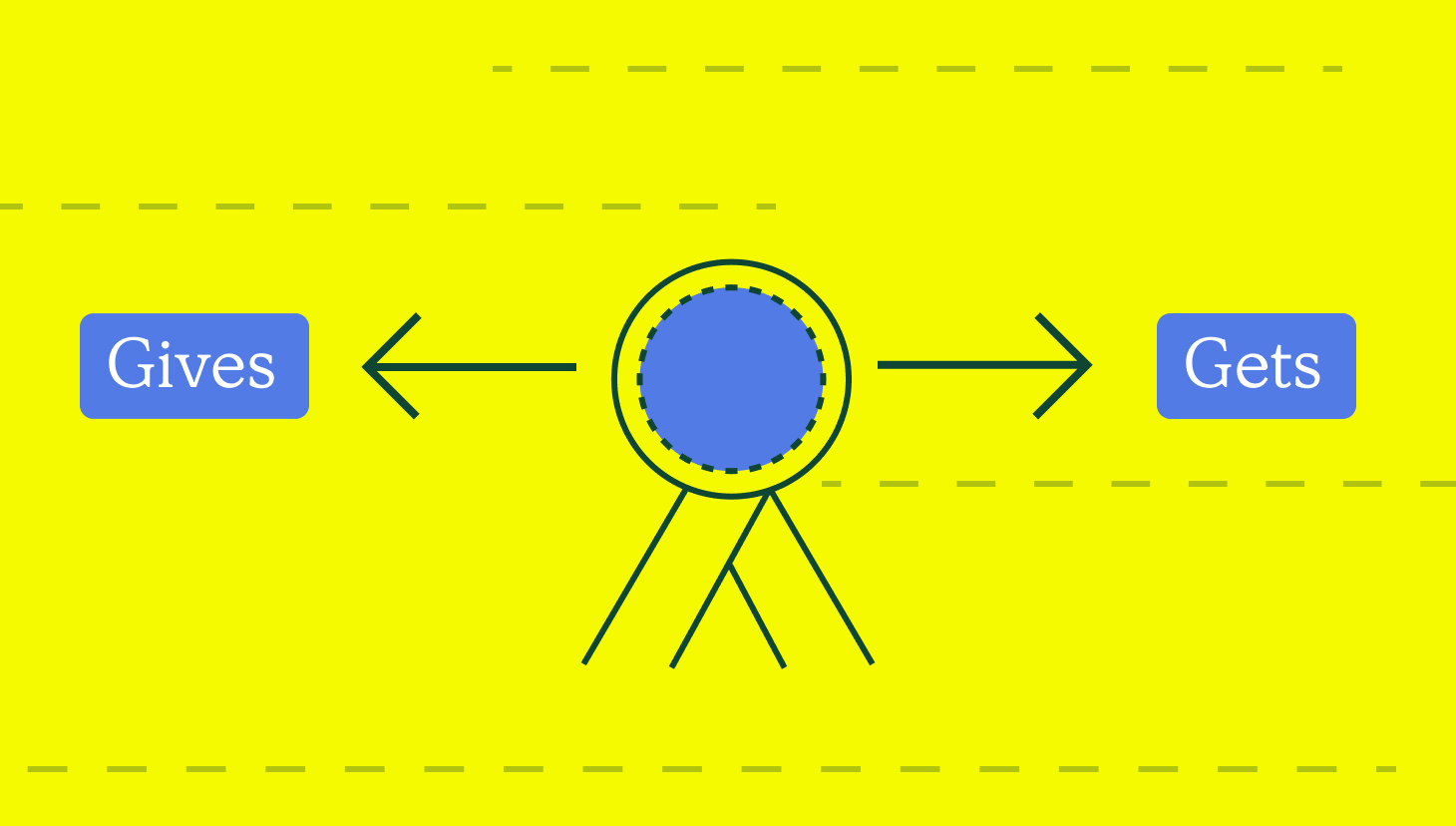91% of sales teams missed quota last year, according to our 2024 Compensation Trends Report. Leaders attributed those misses to factors such as market conditions, misaligned sales activities, unstructured sales processes, lack of motivation, and unrealistic quotas or sales goals.
Understanding quotas and commissions in the tech industry is important for employers and potential employees alike. This knowledge is valuable when ensuring targets are attainable for employee motivation and retention and ensuring quotas align with and drive key business goals.
A thorough grasp of quotas and commissions also supports accurate forecasting. It enables smart sales strategy improvements by recognizing signs revealing broken or proven sales processes so they can be addressed or invested.
Read on to expand your knowledge of the industry standard for quotas and commissions.
Streamline commissions for your RevOps, Finance, and Sales teams
Design, track, and manage variable incentives with QuotaPath. Give your RevOps, finance, and sales teams transparency into sales compensation.
Talk to SalesUnderstanding Sales Compensation in Tech
Base salary, commission, quota, and commission structure are fundamental to understanding sales compensation in tech. This section reviews these terms, their role in compensation, and common compensation plans to consider.
- Base Salary vs. Commission: Base salary plus commission is the most common sales compensation structure in SaaS. It offers salespeople some financial security while also motivating more sales activity.
Base pay is a pre-determined monetary biweekly or monthly payment to the employee regardless of their performance.
A commission is a financial incentive paid to sales reps for completing specific business activities. For instance, a salesperson may earn a commission for selling specific products or closing a multi-year deal.
The typical split between base salary and commission in tech sales is 50/50 or 60/40.
- Quota: A sales quota is an objective an individual sales rep or team is intended to achieve within a set period. The amount of quota attainment influences the commission rate of variable pay for a given deal. For instance, the closer a salesperson is to hitting quota, the higher the commission rate. Quotas are typically set based on historical data, market trends, and the company’s overall sales objectives.
After analyzing essential information, apply these best practices for setting sales quota:
1. Sales reps must pay for themselves. Their quota must represent a multiple of their On-Target Earnings (OTE) to cover the salesperson’s base salary, benefits, and other expenses to ensure profitability. The industry standard multiplier ranges from 3x OTE to 8x OTE to calculate an annualized quota. However, many factors influence which multiplier is best for you. That’s where our Quota:OTE Ratio Calculator comes in. Use this handy free tool while setting quotas to identify the best multiplier to use.
2. Consider sales cycle length, average sales price, and company stage. These three factors help you set a quota frequency of monthly, quarterly, or annual. Our research indicated that companies typically rely on average sales price and sales cycle length, and preferred quarterly quota cycles. The company stage can mean a longer, annual quota period for an older, more established company, or a shorter, monthly quota period for startups to create urgency for their reps.
3. Confirm that reps can achieve their sales quota. Regardless of the amount of analysis and planning invested in setting quota, if your salespeople feel it’s unattainable, they may feel demotivated and frustrated. That’s not to say that 100% of your reps should hit quota, however, if nobody has ever achieved it, that is a bad quota. A good rule of thumb is that 80% of reps hit quota each month. Then, top performers will compensate for bottom performers and the overall organization will achieve quota.
- Commission Structures: The most common commission structures in tech sales are single-rate commission, commission with accelerators, and a milestone bonus on exceeding quota. The single-rate commission plan is easy to understand and pays the same rate on every deal. Commission with accelerators is a great way to reward overperformance since incentives increase in tiers as reps work toward and beyond quota attainment. The milestone bonus encourages consistent performance by rewarding quota achievement. This makes it an excellent addition to the single-rate commission plan.
Base salary plus commission is the most common sales compensation structure in tech. Sales quotas tied to the right commission structure motivate reps to excel.
Calculate OTE:Quota ratios
Use this free calculator to ensure your reps’ on-target earnings and quotas mirror what they’re bringing in for the business.
Try it NowTech Industry Standards
These tech industry averages will give you perspective as you build your compensation plan.
Average Commission Rates
The standard commission rate for sales is typically between 20% and 30% of gross margins. However, it can vary depending on factors such as industry, total sales volume, seniority and experience, and product complexity. According to our research, average commission rates for different tech sectors like software, hardware, and SaaS are:
- Telecommunications: 5–20% of the total sale value
- Insurance: 5–15% of the total premium amount
- Advertising: 5–20% of the total advertising spend
- Manufacturing: 2–10% of the total sale value
- SaaS: 10–30% of the total sale value
- Automobile: 1–5% of the total sale value
Quota Attainment Rates
Our research found that 91% of companies fail to achieve our suggested attainment of 80% or more of their quota targets as a team.
Quota attainment and sales commissions typically rise and fall together. Meeting or exceeding quota can lead to higher commission rates, bonuses, and rewards. On the other hand, falling short of quota can mean lower commission rates or reduced incentives.
Leverage Industry Standards
Gaining a clear understanding of quotas and commissions in the tech industry can help you attract, motivate, and retain top talent while supporting accurate forecasting and intelligent sales strategy improvements.
Now you know the difference between base salary and commission, the relationship between quota and commissions, how to set a quota and the best commission structures in tech sales. Combined with the industry standards for average commission and quota attainment rates, you are armed with what you need to establish your tech company’s compensation plans.
See how QuotaPath supports tech businesses as they set fair and logical quotas that challenge and motivate your organization while driving targets. Schedule time with a team member or start a free trial today.



